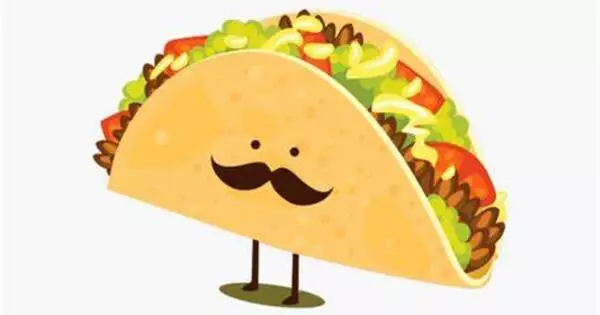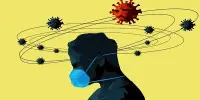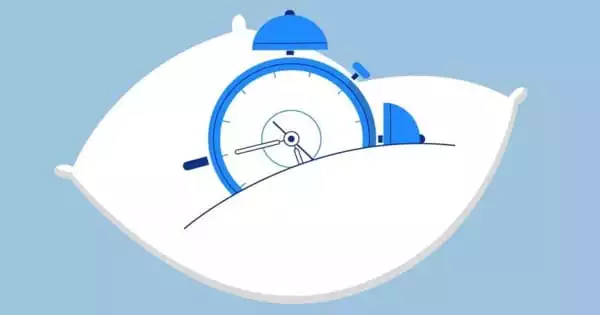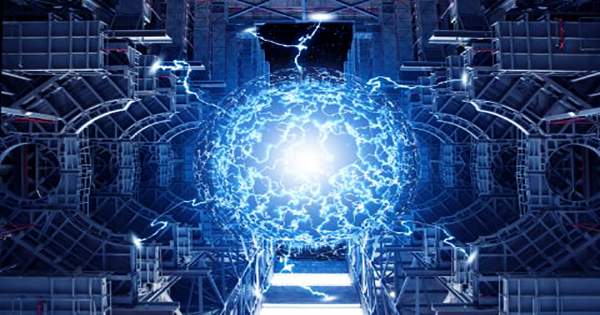An animated taco can provide fascinating insights into the mechanics of curiosity and patience. We may appreciate how curiosity and patience interact and add to our understanding and experience of numerous parts of life by investigating this parallel.
According to a new study by Duke neuroscientists, curiosity paradoxically boosts people’s patience for an answer while simultaneously making them more ready to hear it. The study could benefit both teachers and students by describing a side of interest that pushes us to stay engaged rather than seeking immediate relief.
Every Sunday, fans of the Hulu show “The Bear” are left on the edge of their seats, wondering what will happen at the scrappy Chicago hotdog business the following week. However, the new Duke study explains why viewers may prefer to avoid spoilers despite the desire for resolution.
“When we think of curiosity, we often think of this need for immediate answers,” said Abby Hsiung, Ph.D., a postdoctoral researcher at the Duke Institute for Brain Sciences and the main author of the new research report. “But we found that when people were more curious, they were actually more willing to wait.”
The findings were published in the Proceedings of the National Academy of Sciences.
When we think of curiosity, we often think of this need for immediate answers. But we found that when people were more curious, they were actually more willing to wait.
Abby Hsiung
“When we watch TV shows or football games, we’re watching that information evolve over time, uncertain about how it’s all going to end,” said Hsiung. “I wanted to know if higher curiosity would push people to seek, or to avoid, getting an immediate ‘spoiler’.”
Hsiung drew inspiration from short cooking videos that are popular on Instagram and TikTok.
“These videos caught my attention because even though they’re so short, they manage to develop a narrative and suspense so that you’re invested and curious about how the lasagna will all come together.”
So Hsiung took out her digital paintbrush and created a series of 30-second animated line drawing films that, like the culinary clips, eventually became something instantly recognized, such as a taco or a puppy.
Then, over 2,000 individuals from all over the country watched 25 of these short line-drawing movies online. Along the way, participants in Hsiung’s study were asked how inquisitive they were, how they felt, and what they thought the picture would become. Viewers might also use the ‘spoiler’ button to move ahead to the final drawing.
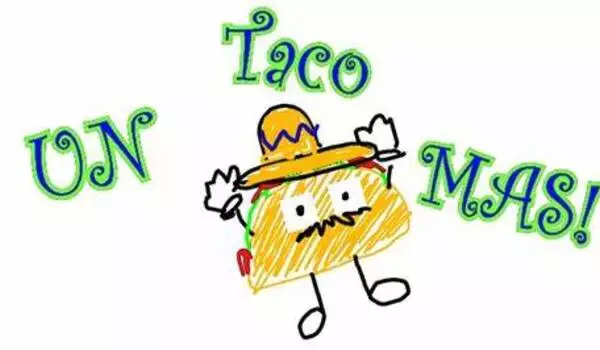
Hsiung and her team were surprised to find that when people were curious, they withheld from hitting the ‘spoiler’ button and kept watching the drawings unfold. It was when people were less curious that they tended to opt for an instant answer.
“Curiosity didn’t just motivate getting answers, it increased the value of the journey itself,” said Alison Adcock M.D., Ph.D., a professor of psychiatry and behavioral sciences at Duke and senior author of the new report.
The study also found that curiosity increased at different stages of watching these videos.
“We saw higher curiosity when it seemed like the drawing could turn into anything, as well as when participants began to really home in on a single answer,” said co-author Jia-Hou Poh, Ph.D., a postdoctoral researcher at the Duke Institute for Brain Sciences.
Curiosity also sparked people’s joy, which explains why they kept watching the line drawing video even though they could just push a button and get the answer right immediately.
“This helps explain why people often avoid spoilers,” said Scott Huettel, Ph.D., a Duke professor of psychology and neuroscience and a fellow senior author of the study. “Knowing the end of a new TV series, for example, can remove the enjoyment of watching the plot unravel.”
Hsiung and her colleagues propose that, in addition to viewing TV shows, creating curiosity in the classroom may assist in boosting motivation and hence potentially increase learning. Dr. Adcock and Poh’s recent study discovered that boosting curiosity can improve memory by ‘readying’ the brain for new information. This latest discovery demonstrates how curiosity can boost persistence throughout a learning experience, which is typically required for profound knowledge.
“By understanding what sparks curiosity, especially how it arises from our own ideas, we can find more ways to cultivate it and benefit from the learning it promotes.” Dr. Adcock went on to say,
